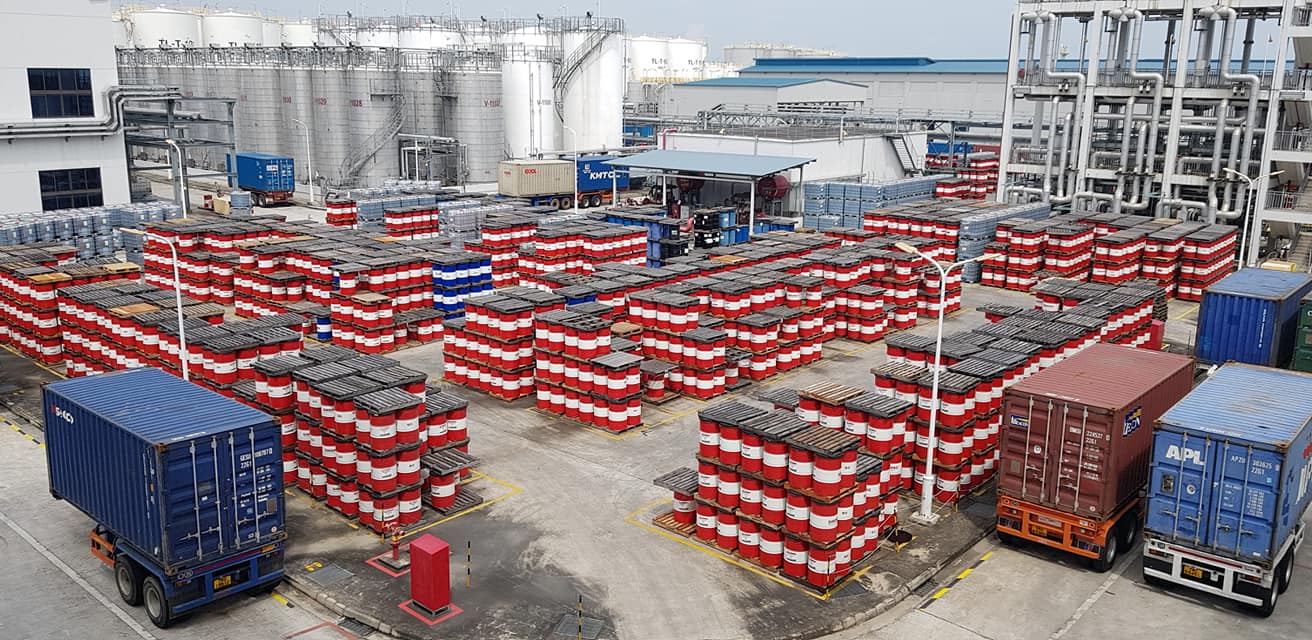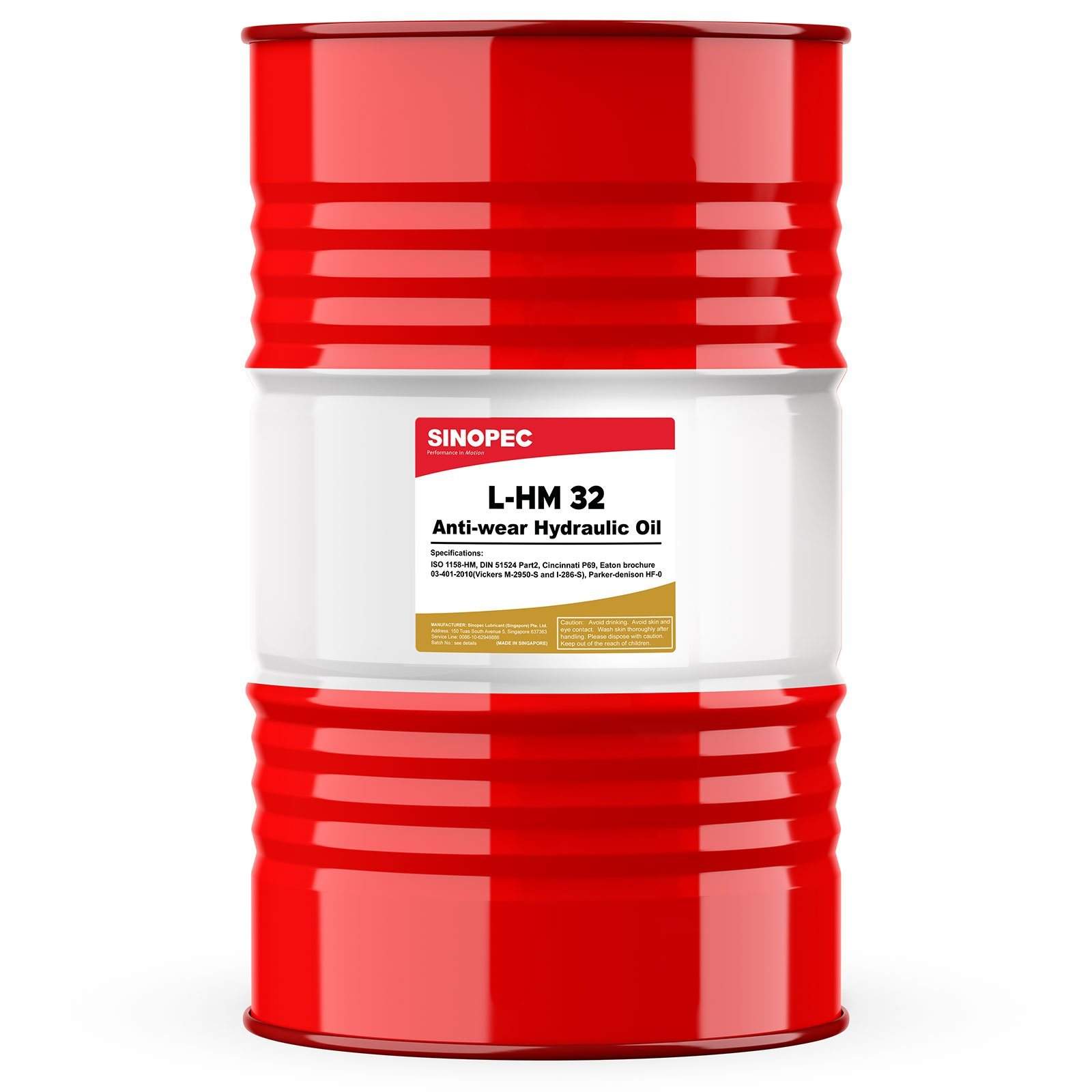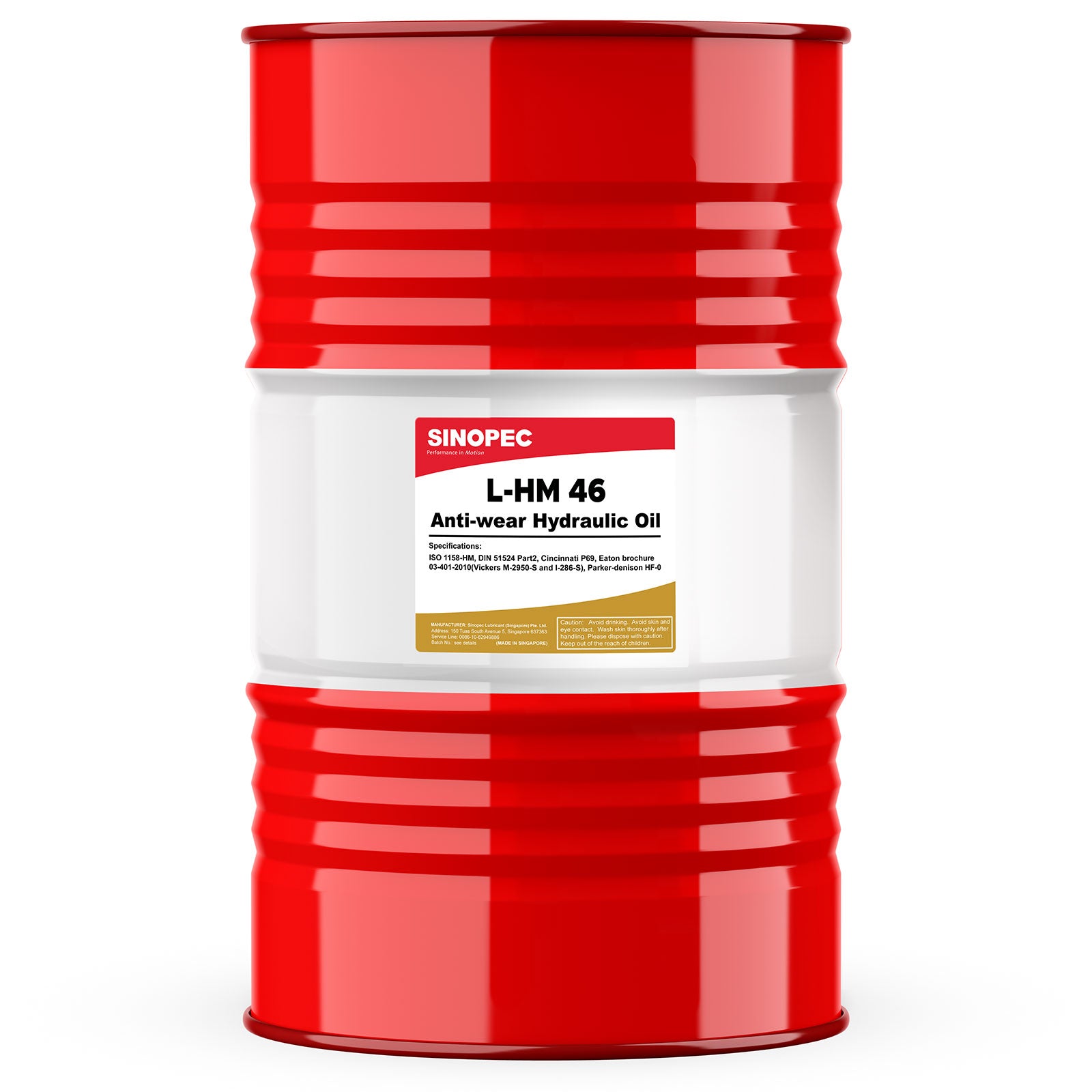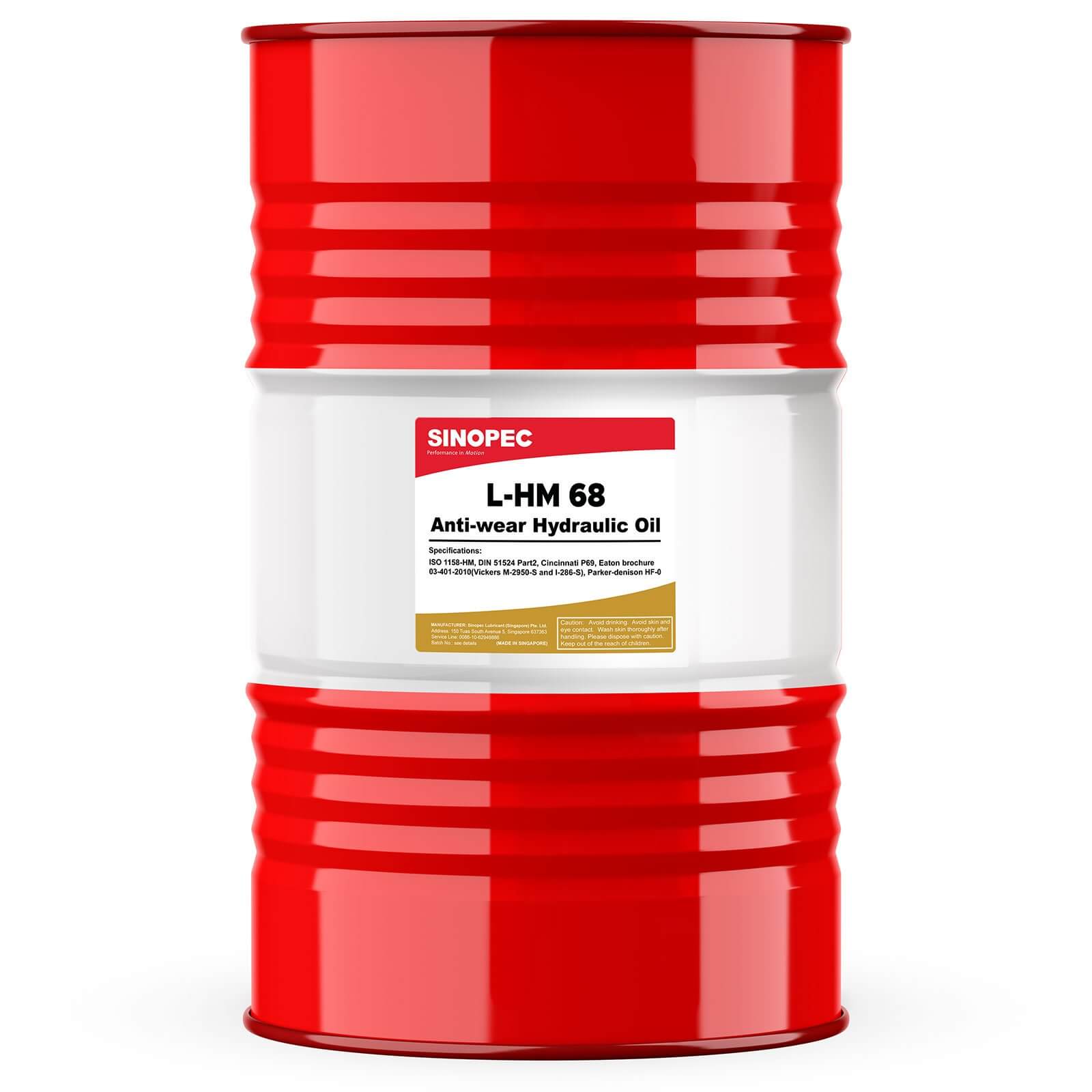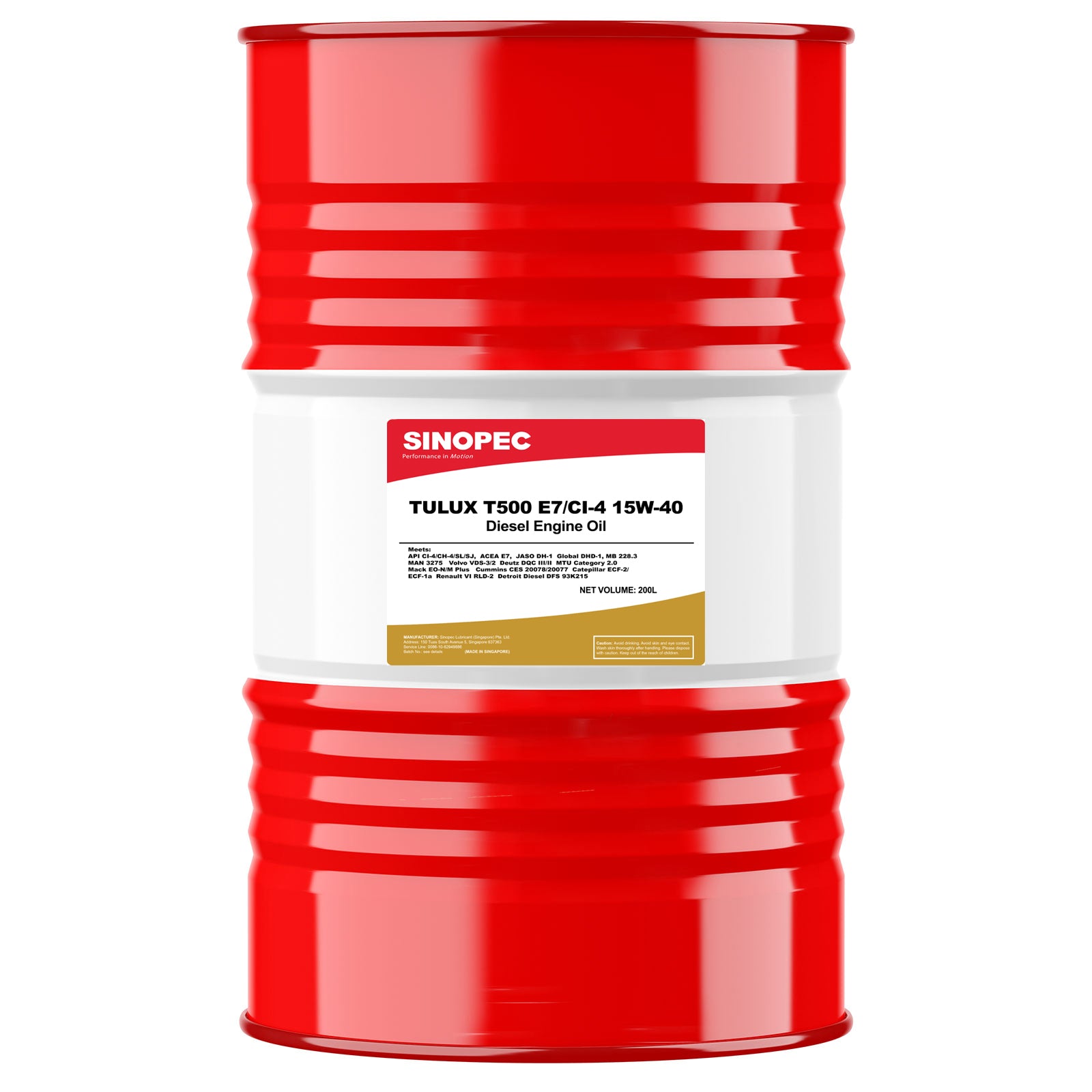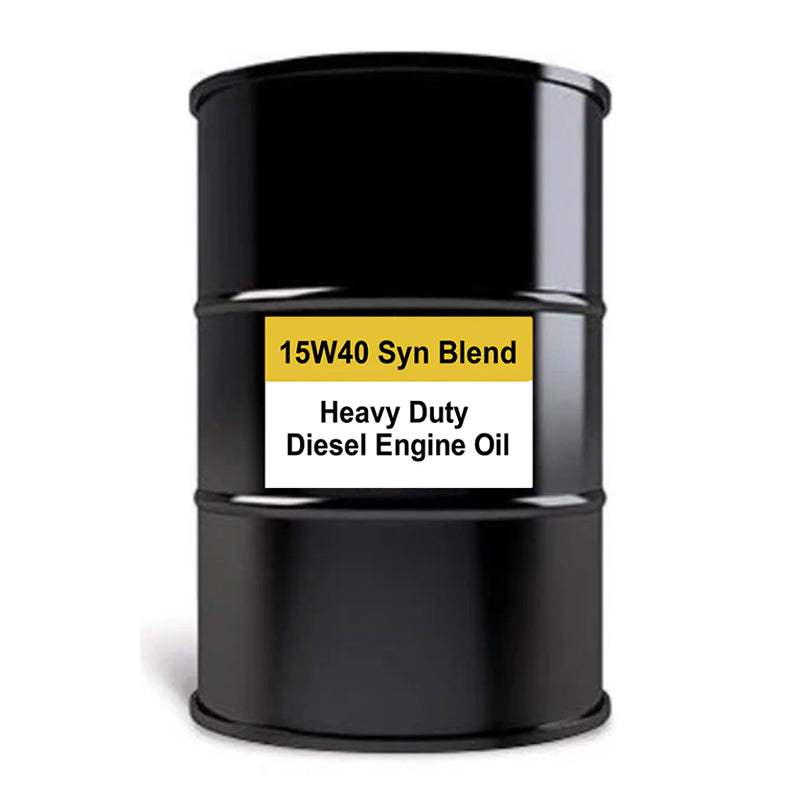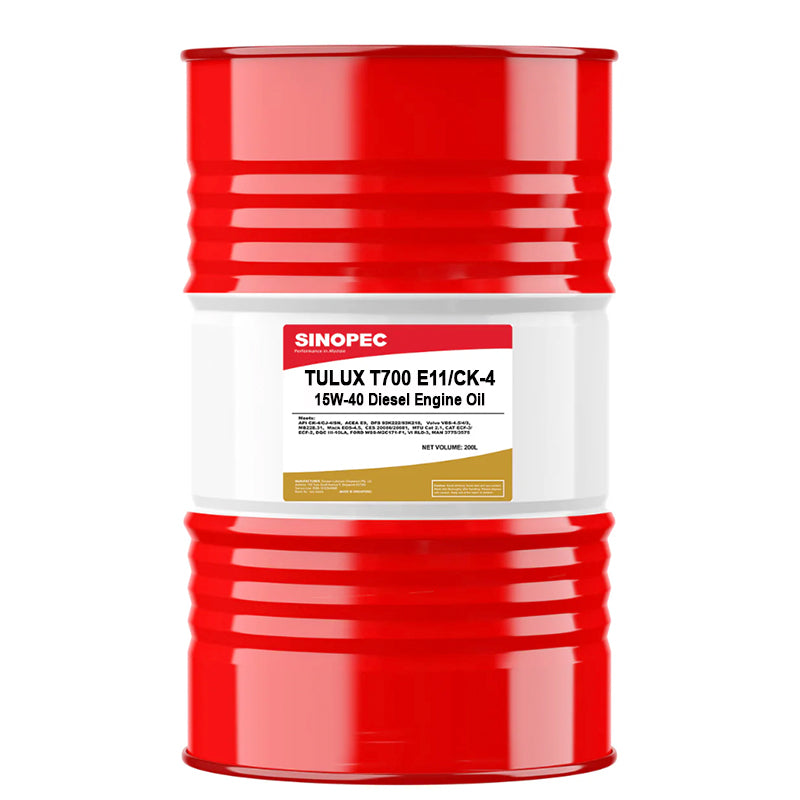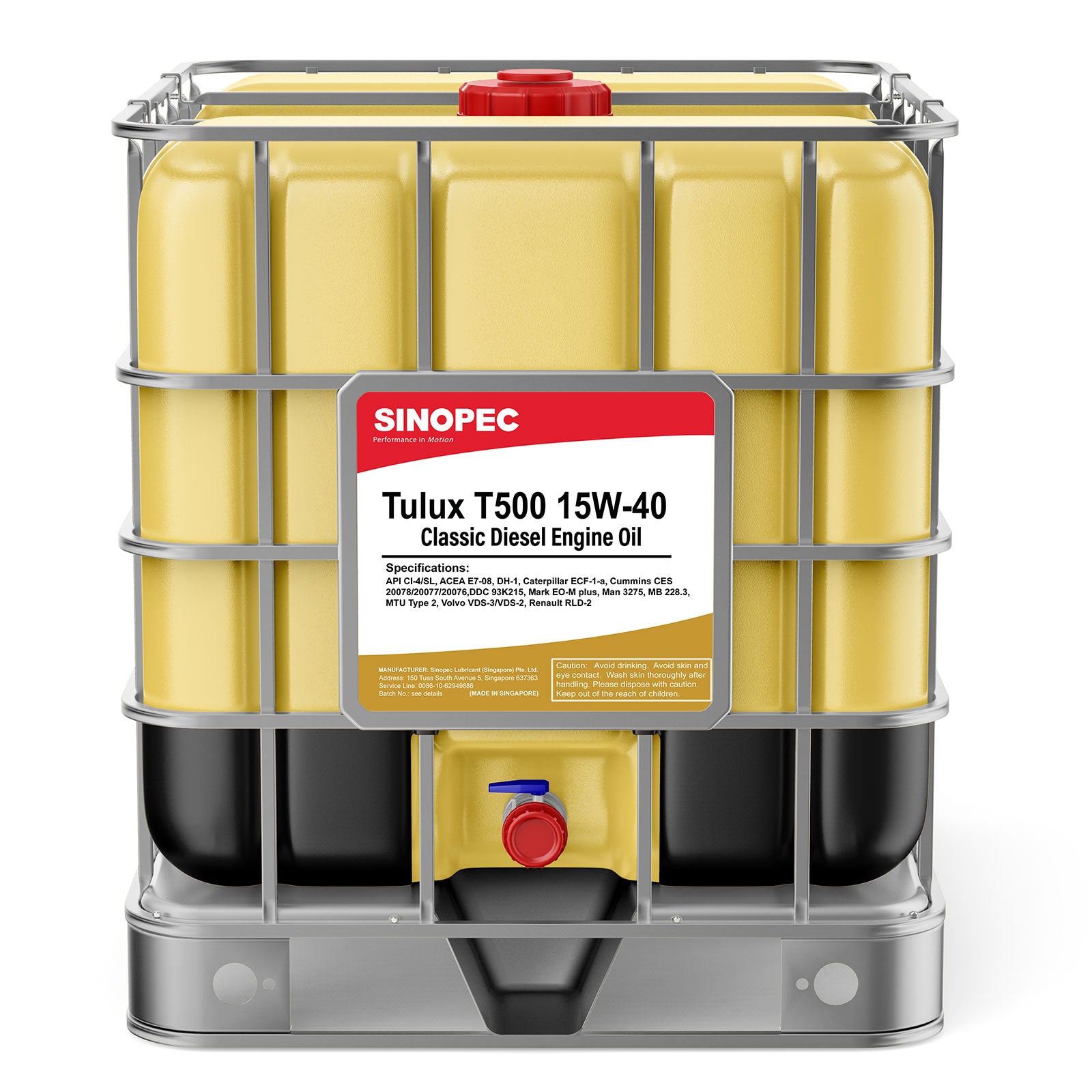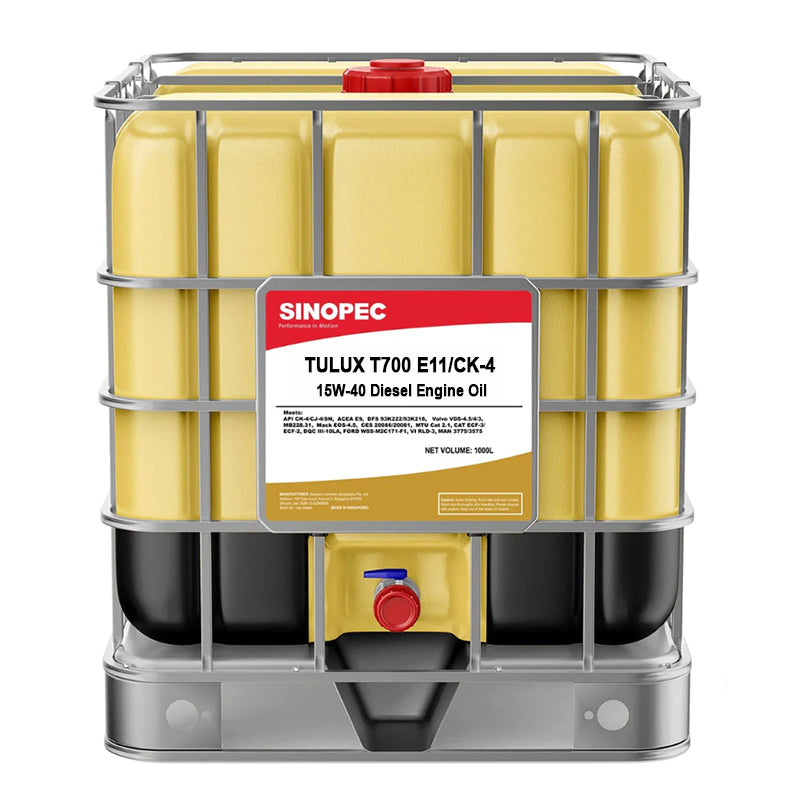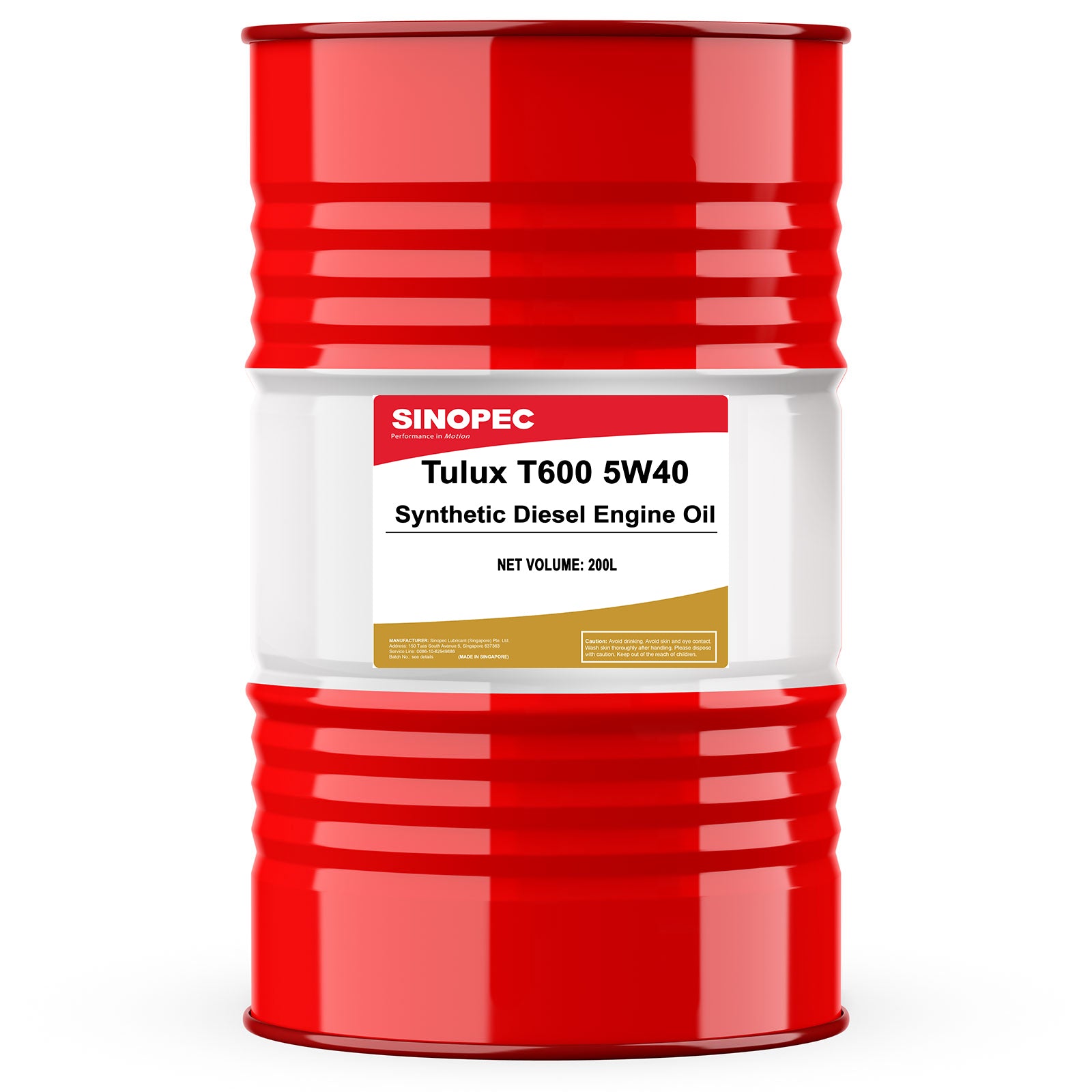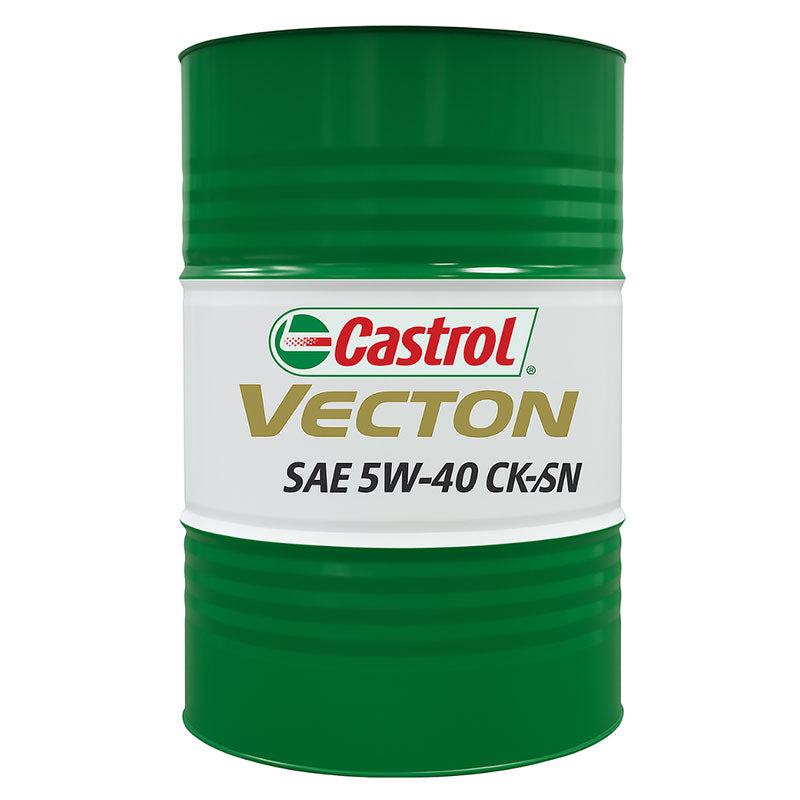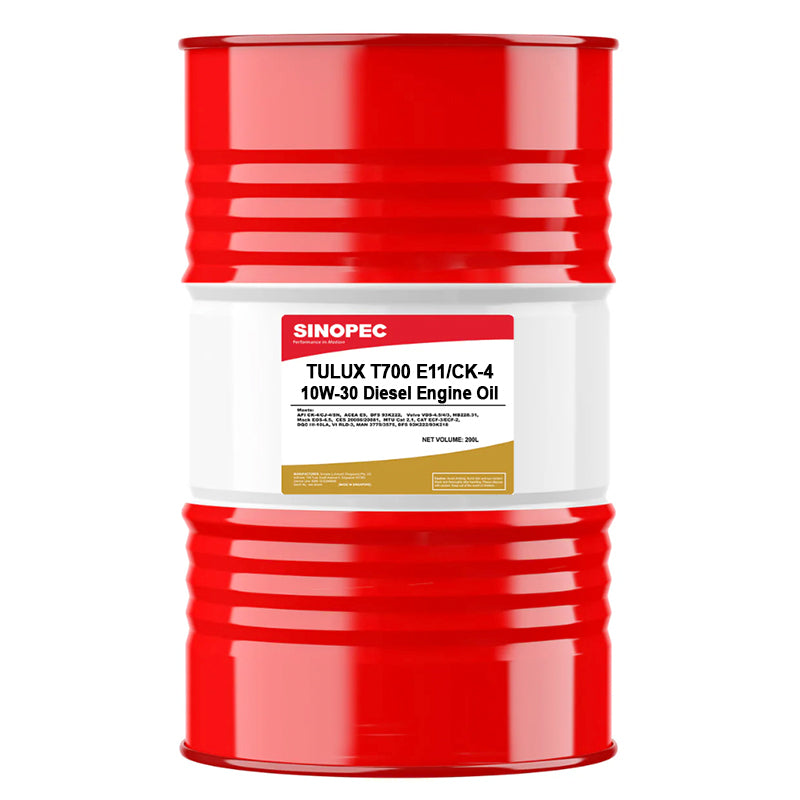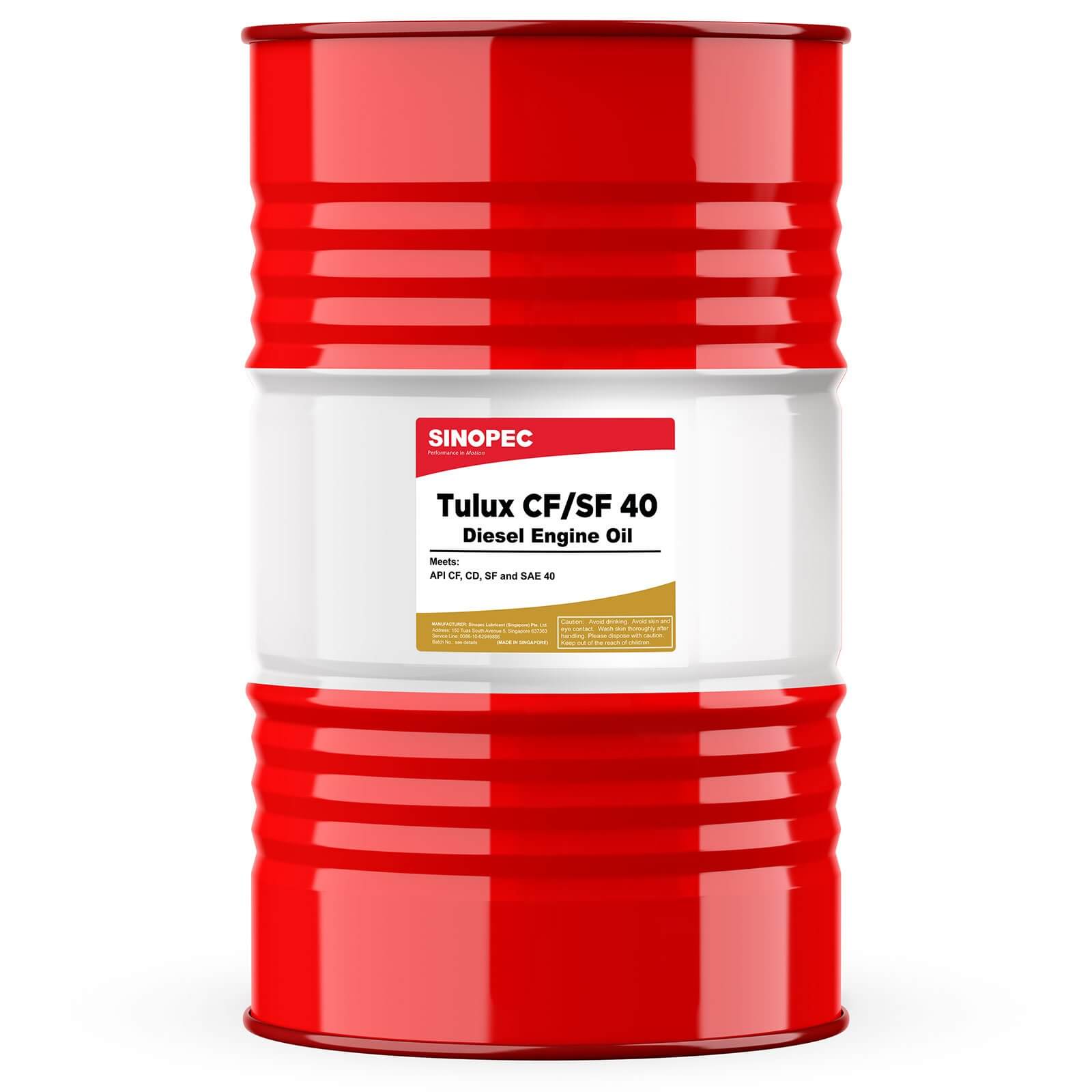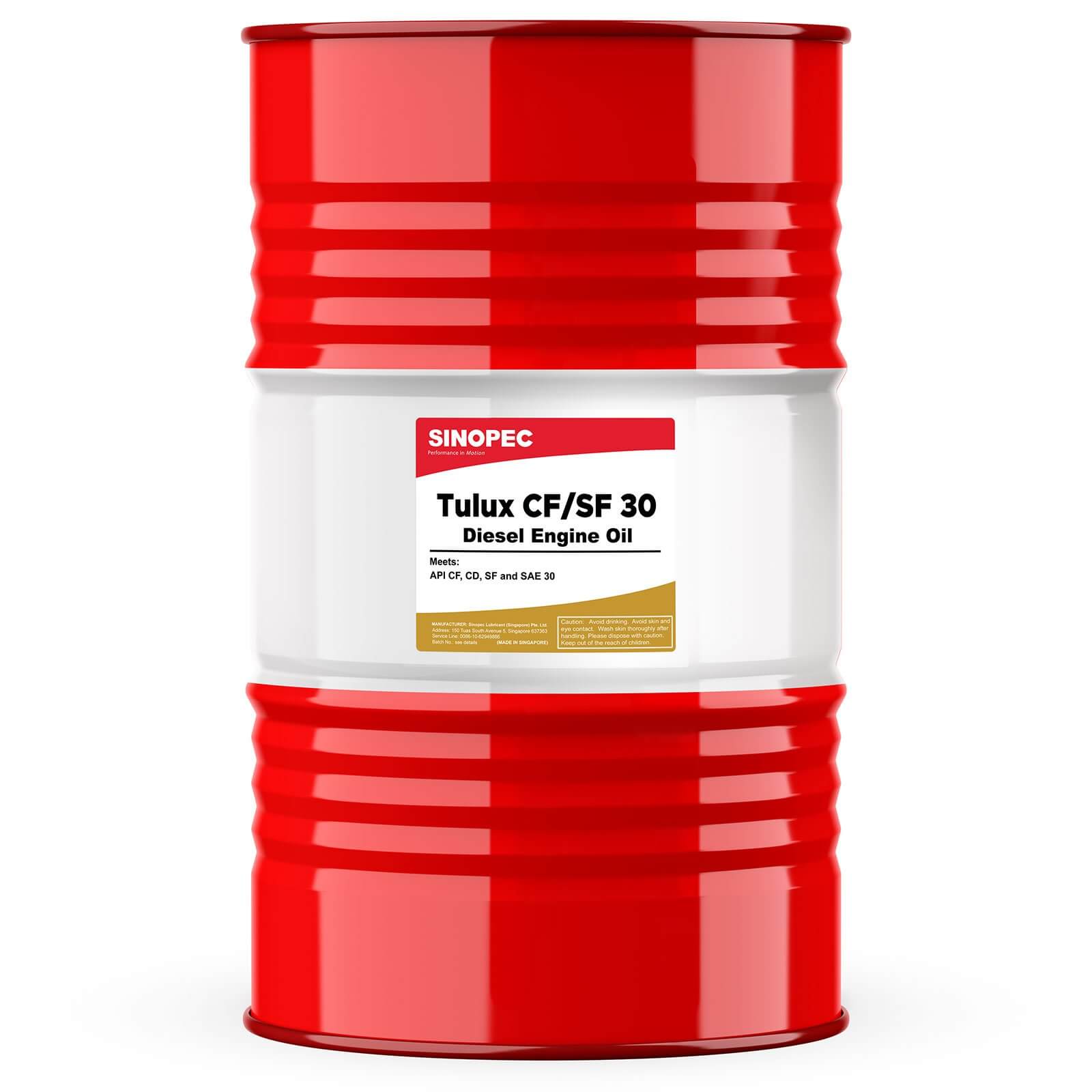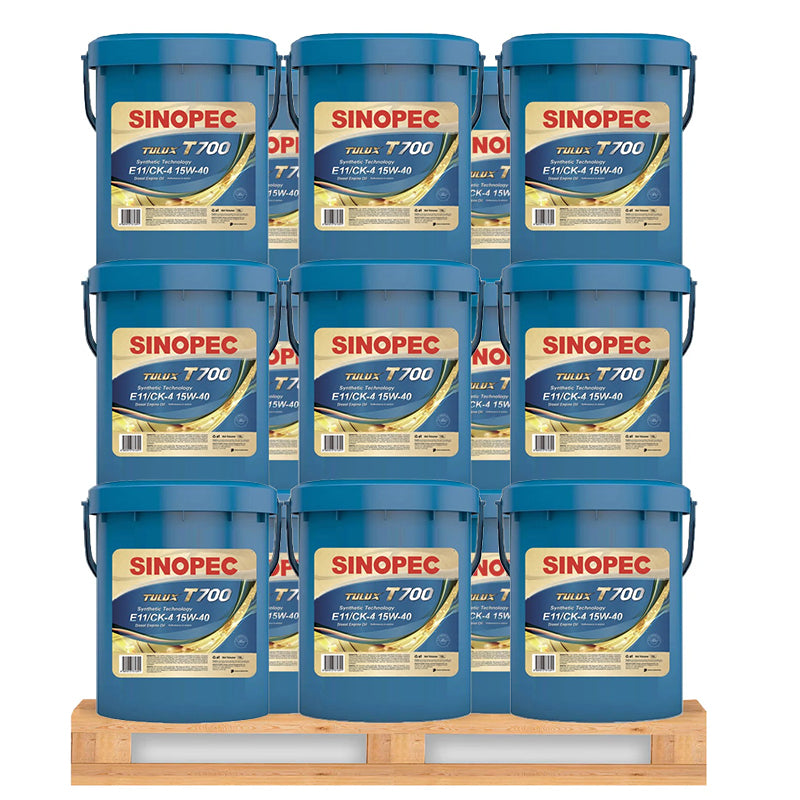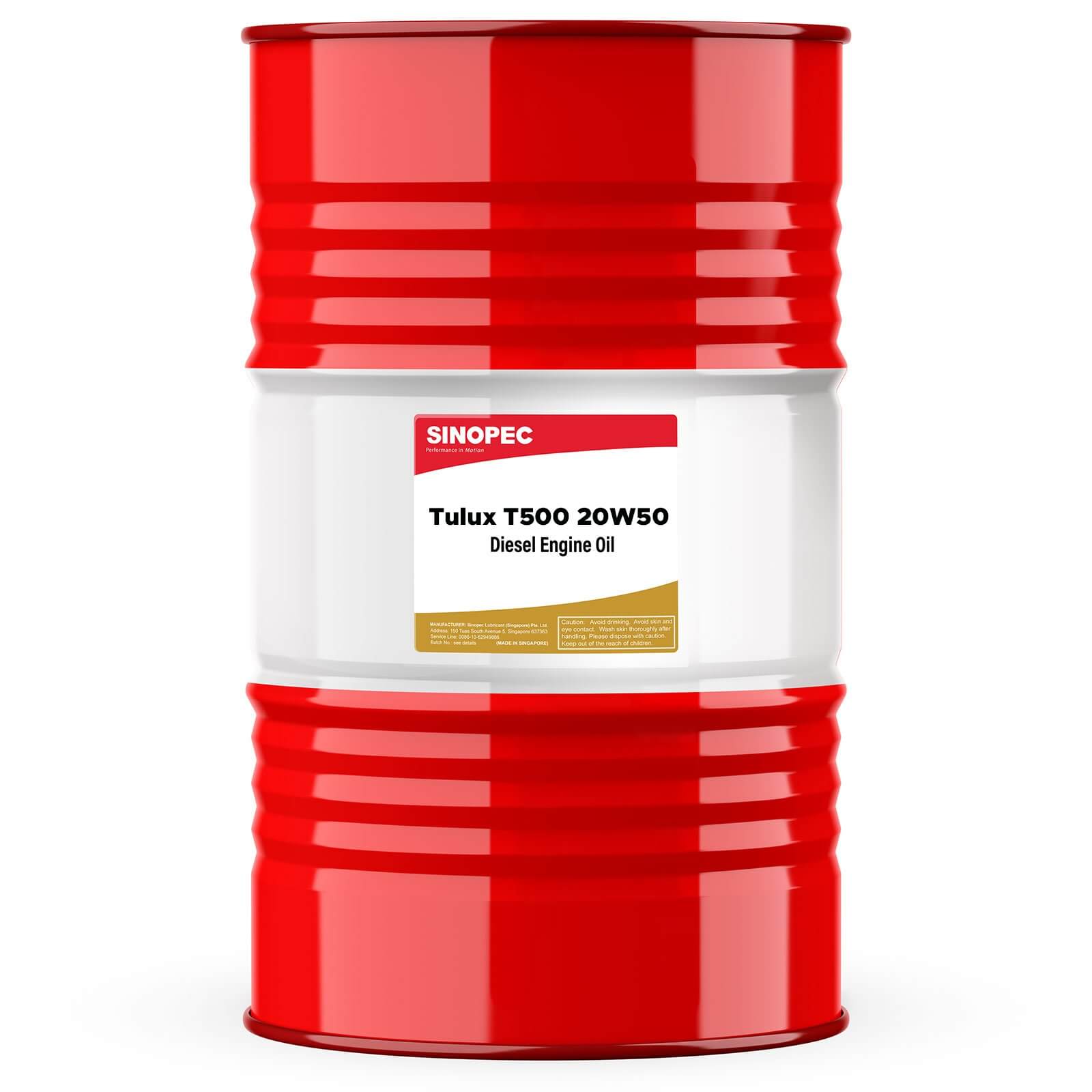Hydraulic oil grades
ISO VG – ISO Grade – the higher the VG number the more viscous the fluid is. The VG number tells you which hydraulic oil is thicker. This is sometimes referred to as the hydraulic oil weight. At the same time, grades with a W next to them indicate the weight (Unlike automobile engine oil which refers to winter oil).
AGMA Grade – Leaders in the standards of gear oils.
SAE – Society of Automotive Engineers
ISO VG is used mainly for grading hydraulic oil. Below is a list of common hydraulic oil ISO grades and a general guide to their applications:
ISO 100 Hydraulic Oil – ISO VG 100 Hydraulic Fluid tends to be used in industrial machinery with heavy loads.
| ISO 15 Hydraulic Oil – ISO VG 15 Hydraulic Fluid is typically used in power steering and hydraulic brake systems. |
| ISO 22 Hydraulic Oil – ISO VG 22 Hydraulic Fluid is generally used in airlines for air tools etc. |
| ISO 32 Hydraulic Oil – ISO VG 32 Hydraulic Fluid is ideal for use in high-powered machine tools. |
| ISO 46 Hydraulic Oil – ISO VG 46 Hydraulic Fluid is normally required for industrial plant working under high-pressure etc. |
| ISO 68 Hydraulic Oil – ISO VG 68 Hydraulic Fluid is designed for use in systems which require a large load-carrying ability. |
Please note that the above examples are just a rough guide and some grades may cross over. It is always best to check with your supplier or manufacturer!
Hydraulic oil in detail
Hydraulic oil classification
The classifications of hydraulic oil are a subgroup of different fluids with varying performance levels. Below is a list of common hydraulic oil classifications and their respective descriptions:
- HL – Refined mineral oils with anti-oxidation and anti-rust properties
- HM – HL with improved anti-wear properties
- HR – HL oils with VI improvers
Hydraulic fluid properties
The properties and characteristics of any hydraulic oil are vitally important to the capability of your hydraulic system to work within the operating conditions you need to use it in. This is especially true of industrial or commercial hydraulic oils. So, for a hydraulic oil to be useful it needs to have the below properties:
- Non-compressible
- Thermally stable, within a range of operating temperatures
- Fire resistance
- Non-corrosive to its system
- Anti-wearing to its system
- Low tendency to cavitate
- Tolerance to water (resistance to water contamination)
- Total water rejection
- Constant viscosity, regardless of temperature
- Long life
- Cost-effective
Few, if any, fluids perfectly meet the above criteria. However, there is a comprehensive range of hydraulic oils that specialise in meeting the above properties for the set of conditions in which they are required to operate. Those conditions can range from being required to operate in low temperatures (winter hydraulic oil), high temperatures and a variety of others.
The contents of hydraulic oil
Hydraulic oil is made from a variety of different ingredients, with one base fluid. These ingredients can often be mixed depending on the type of oil you require.
Generally speaking, hydraulic liquids are made up of:
- Mineral oil
- Esters
- Glycol
- Silicone
- Ethers
- Esters
- Some other chemicals which are hard to pronounce!
For the varied applications of hydraulic fluid, blenders will mix the base oil with additives of different types to make the properties of hydraulic oil different.
Hydraulic oil additives
Depending on how you use our hydraulic oil, there will be extra additives which help it perform under different conditions. Different hydraulic fluid additives include:
- Anti-wear – helps prolong the life of equipment and machinery, you’ll see this on AW-type hydraulic fluids.
- Cold Flow – additives that enable usage in extreme cold weather conditions
- Anti-foaming – An anti-foaming agent for hydraulic oil reduces foaming within the fluid which can be caused by detergents. This foaming can reduce the lubricating quality of the product, thus causing damage.
- Anti-oxidant – Allows for longer periods of use without an oil change while also reducing sludge deposits.
- Anti-rust – Forms a protective coating which reduces the risk of rust damage from oxygen contact.
These additives are used on their own and together in different blends which are created for different purposes. Hydraulic oil properties can be altered depending on which additives are used, but the typical characteristics tend to be a high viscosity index and be incompressible.
Below is a list of common uses for hydraulic oil and the type of additive/s which may be added to the oil to help it perform at its optimum level.

